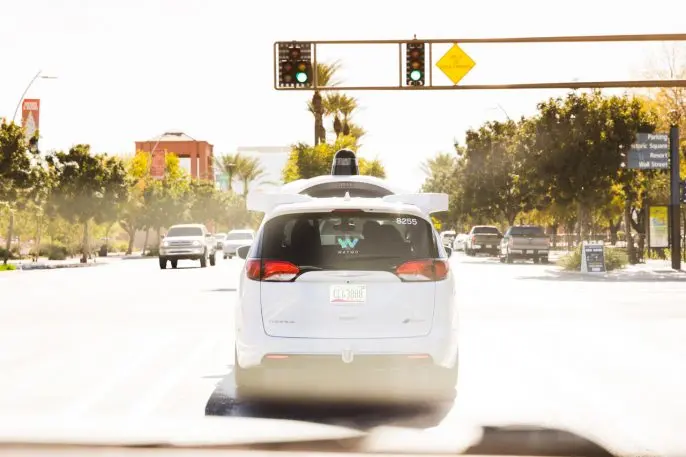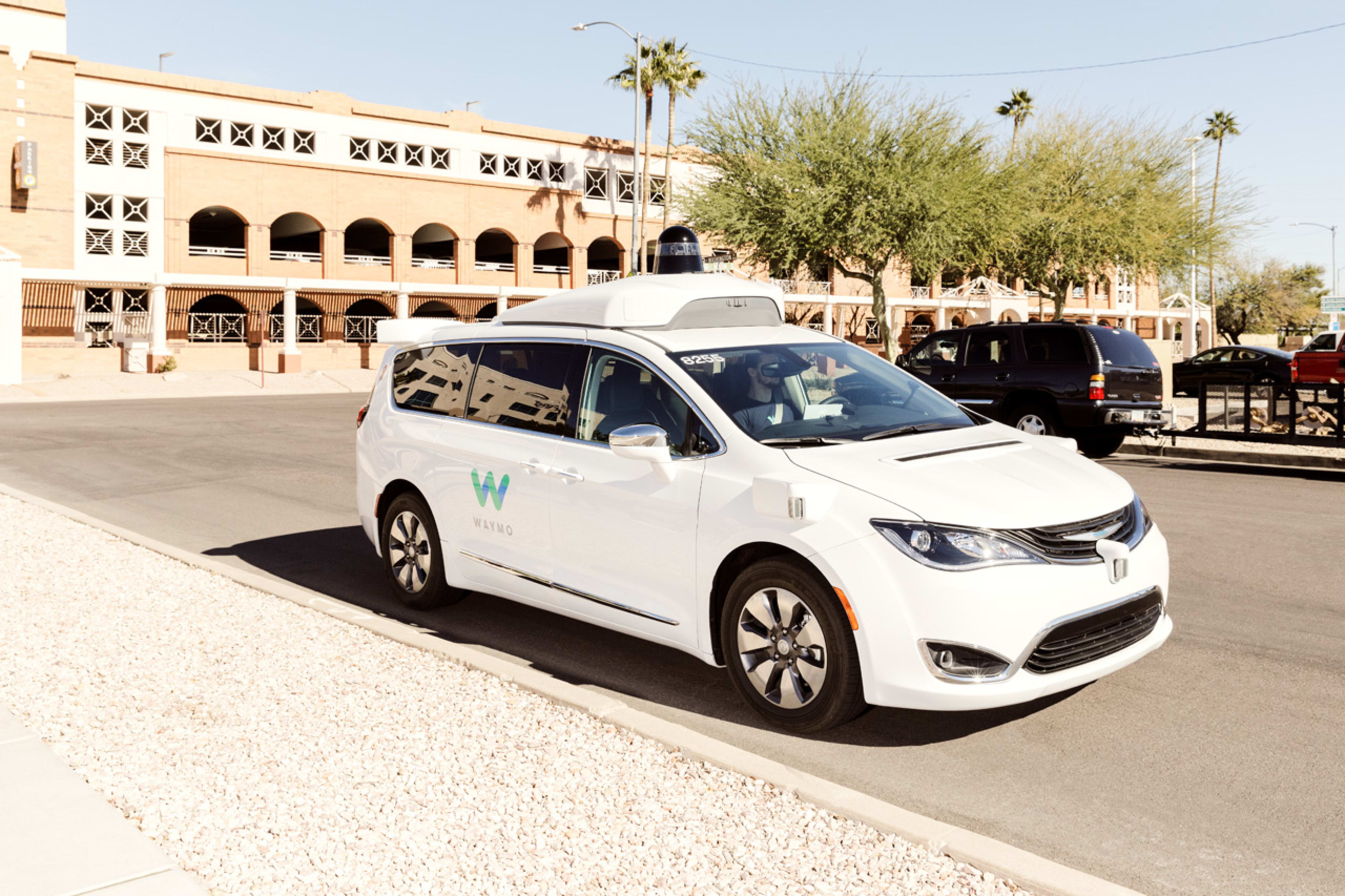When I landed in Phoenix, Arizona, last month, to be one of the first members of the public to ride in a Waymo One driverless minivan, a funny thing happened on the way to the demo from the airport. My driver explained, with a guilty laugh, how you could screw with Waymo cars on the road: stopping in front of them abruptly, or merging into their lane to run them off to the shoulder.
It wasn’t a confession, per se, but it was pretty clear from the conversation that he was speaking from experience. And it was only in that moment that I realized, while I was visiting Phoenix to get a taste of the future, this local had already been confronted by it here in the present. He was offended by the very presence of robotic vehicles on the road, perhaps because his own livelihood was at stake.

So it came as no surprise to learn that over the past two years, 21 police reports have been filed by Waymo drivers (the humans who sit in the robot cars as an additional safety measure) to local authorities in Chandler, Arizona, where the majority of Waymo’s fleet is based. A new report from the Arizona Republic describes how Waymo drivers have reported everything from a case of slashed tires, to thrown rocks, to a drunken man stopping a Waymo van by standing unflinchingly in the middle of the street. In one case, a Waymo driver even saw a 69-year-old man waving a gun at their vehicle. Police apprehended the suspect–whose wife said he had age-related cognitive impairment.
Some of these reports actually have some overlap, too: The same Jeep was found running Waymo vehicles off the road six separate times.
A total of 21 reports amassed over the course of nearly two years across hundreds of vehicles operating 24/7 doesn’t necessarily sound like an epidemic by any means. For a point of comparison, I asked the region’s public bus service about its own damage reports. Local police were contacted to deal with damage and other incidents on Valley Metro’s public bus service 15 times in the last quarter alone. That’s not a perfect comparison, though. The 350 buses in that data set ultimately serve hundreds of thousands of people, while Waymo’s Early Rider program served just hundreds.
Waymo’s self-driving car technology holds the potential of eliminating millions of human jobs, even if it creates some along the way. There’s no way to connect them directly, but these stories are some of the first that suggest resistance to the automated driving service. Waymo has carefully designed the experience of riding in one of its vans so that it’s not scary–heck, it’s downright boring. But new technologies aren’t feared for what they can or can’t do in a bubble; technologies are feared for how they may inevitably impact the world around them.
Recognize your brand’s excellence by applying to this year’s Brands That Matter Awards before the early-rate deadline, May 3.
